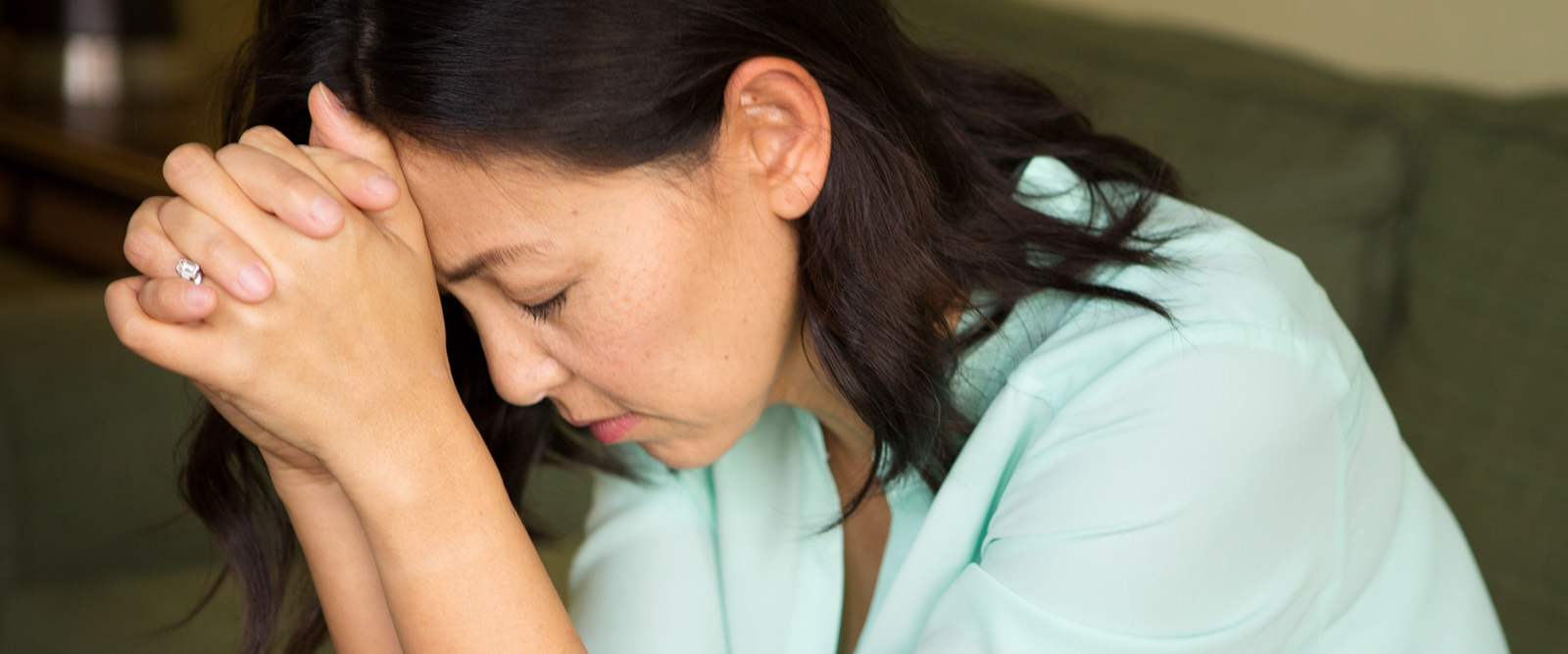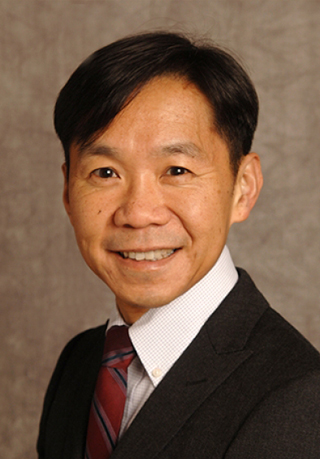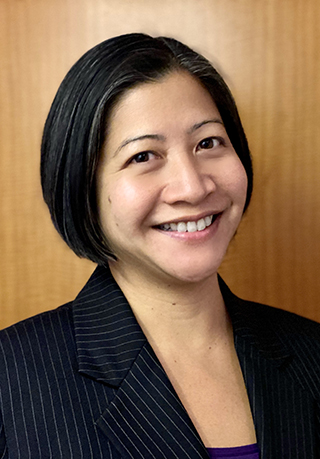Mental Health in the AAPI Community: How to Overcome Barriers
Experts discuss the cultural and systemic barriers that have led Asian Americans to be the least likely racial or ethnic group to seek help for their mental health.


Amid a steep rise in anti-Asian sentiment and reported hate crimes since the COVID-19 pandemic, members of the Asian American and Pacific Islander (AAPI) community have experienced serious mental health stressors over the past few years. The pandemic only exacerbated the discrimination and microaggressions the community had long faced, and that experience of ongoing racial trauma can take a toll, leading to greater distress, anxiety, and depression, studies show.
Still, according to the National Alliance on Mental Illness, AAPIs are the least likely racial or ethnic group to get mental health services. (Only 20.8 of AAPI adults with a mental illness received treatment in 2020.) Data from the U.S. Department of Health and Human Services also reveals that AAPI adults are about three times less likely to seek help than their white counterparts.

Dr. Warren Ng
“There’s a lot stigma around mental health in general and myths about what it means. Also, how one defines a mental health issue can be influenced by one’s culture, religion, and family experience, among other factors,” says Dr. Warren Ng, medical director of outpatient behavioral health at NewYork-Presbyterian/Columbia University Irving Medical Center and director of clinical services for the Division of Child and Adolescent Psychiatry at NewYork-Presbyterian Morgan Stanley Children’s Hospital. “The shame can make that person’s experience even more difficult.”
Another barrier to mental healthcare is the availability of resources and knowing where to find those that do exist. As many as 43 distinct ethnic groups make up the AAPI community, each with its own languages, dialects, cultures, religions, and immigration histories. Because the community is so diverse, it’s impossible to provide resources in every language, says Dr. Nadine Chang, a clinical psychologist and chair of the Asian Psychiatry Program at Gracie Square Hospital, which is affiliated with NewYork-Presbyterian.
“Even if someone is at the point where they’re seeking help, they may feel more comfortable if they’re looking for a therapist who speaks their language as well — then that again narrows the pool,” says Dr. Chang.
Dr. Ng and Dr. Chang spoke with Health Matters about the various barriers that prevent individuals in the AAPI community from seeking help for mental illness, and how to address them.
Overcoming Shame and Stigma
Mental illness is often misunderstood as an issue of individual character or weakness, and the struggles aren’t validated as a medical issue. The stigma that can result from openly discussing mental health issues can therefore prevent some Asian Americans from reaching out for help and lead to a sense of isolation and shame. Within the AAPI experience, there are certain cultural factors that may reinforce that feeling even more, says Dr. Ng.
For example, the idea of shame, or “loss of face,” is one that resonates for many in the AAPI community. The concept of “face” refers to the appearance of one’s social standing, reputation, and respect within a community and is closely intertwined with that of the family. As a result, someone experiencing a mental health issue may avoid seeking care due to the feeling that they’d be shaming not only themselves but their family too. “There’s the double stigma and double barrier,” Dr. Ng says, adding that many may also rely on family to solve issues rather than bring them to people outside the family system. “That concept is called interdependence, and it’s challenging because mental health literacy and awareness of resources may be limited within the family,” says Dr. Ng.
He says the first step in overcoming these barriers is “acknowledgement, curiosity, and openness. And asking, ‘Where do we have our own blinders?’ There’s a lack of understanding that mental illness is an illness, and that, like asthma or like diabetes, there is a treatment.” Breaking the silence also helps to prevent reinforcing the stigma and shame.
To help foster the understanding that mental illness is a health issue, Dr. Ng suggests “medicalizing” the language used when speaking about it. For example, he says, focus on the fact that depression is a disorder of the brain studied in neuroscience, or that it can be treated by medications that “correct” the deficiency of some neurotransmitters like serotonin — similar to the way diabetes is the deficiency of insulin for the body and “correcting that imbalance” helps us remain healthy.
“When I do thyroid hormone tests to rule out that medical cause of depression, some people are so relieved to imagine that what they are experiencing could be a ‘medical’ illness,” he says. “The irony is that it is only stigma that separates those experiences.”
Understand the Nuances in Communication Styles
The language barrier is a big hurdle for many people in the AAPI community, especially new immigrants who may not have mastered English. But communication issues can be even more nuanced, such as understanding the meaning behind certain euphemisms.

Dr. Nadine Chang
“For example, if you think about the perception of mental health by older generations — and this factors into the influence of stigma — they may believe that it’s not acceptable to say, ‘I feel sad,’ but it’s OK if I say, ‘I’m very tired and my bones hurt,’” says Dr. Chang. “It’s not acceptable to be anxious and say, ‘I’m worried.’ But it might be OK if I say, ‘I’m feeling shaky.’ There’s more of a cultural acceptance of the physical manifestations of mental illness.” Asking people about their poor sleep or appetite, core symptoms of depression or anxiety, is often a helpful place to start a conversation.
Dr. Ng points out that some members of the AAPI community may not feel comfortable using direct verbal communication. “Depending on the culture and the family and the individual, being verbally explicit, whether or not it’s your emotions or thoughts, or being physically demonstrative can be seen as being vulgar or harsh,” he says. “Privacy and respect for not making others uncomfortable are socially important.”
For mental health professionals, learning about how to provide care to different cultures is something that is not emphasized enough, says Dr. Ng. “There’s often a framing of different experiences that does not capture the level of pain that the person has because they’re trying to couch it,” he says. “I think when Asian Americans seek mental health services, sometimes these issues come up. Sometimes they’re not fully understood or appreciated, depending on the cultural humility and attunement of that provider, who may be expecting communication to be direct and explicit, or expecting behavior to be more demonstrative in certain ways. It is important to be attuned to implicit and nonverbal communication to help inform the communication style of the person.”
This is where interventions that are more action-oriented, such as behavioral activation, which focuses more on changing your behavior, can be helpful to consider in addition to other interventions. They can include monitoring your daily activity to understand how your mood is affected by different activities, and then identifying meaningful activities to do each week, especially ones you enjoy doing or find rewarding.
Determine Ways to Provide Culturally Competent Care
Dr. Ng believes culturally attuned providers who are mindful of cultural factors and family expectations are key to overcoming barriers. “You don’t have to be the same race, ethnicity, and cultural background to provide wonderful care,” he says. “Be curious and open, and know that there may be things we need to look into more to learn how to help someone. This experience enriches both the person and the therapist. There is a quote by Buddha paraphrased as: ‘If you light a lamp for somebody, it will also brighten your path.’”
First and foremost, mental health professionals should try to be more aware of their own implicit bias and judgments, says Dr. Ng. This includes AAPI mental health professionals who may also harbor and internalize their own racism and judgments. “No one is immune, and it is often important to remain humble,” he says. “It is similar to the idea of being ‘antiracist,’ since we need to proactively be aware that we can inadvertently do or say things that are racist, given the larger systemic and structural racism around us.”
This involves being able to have open discussions, says Dr. Chang. “This is a responsibility of the mental health provider as well — feeling comfortable saying, ‘I’m not familiar with this aspect of your culture, but I want to understand,’” she says. “‘Culturally competent’ doesn’t necessarily mean you totally understand all of the dynamics that are culturally bound. It’s more about being open to talking about it and learning about it. I always advise people to have that conversation with a therapist in order to get a feel for how that therapist understands the role of culture.”

